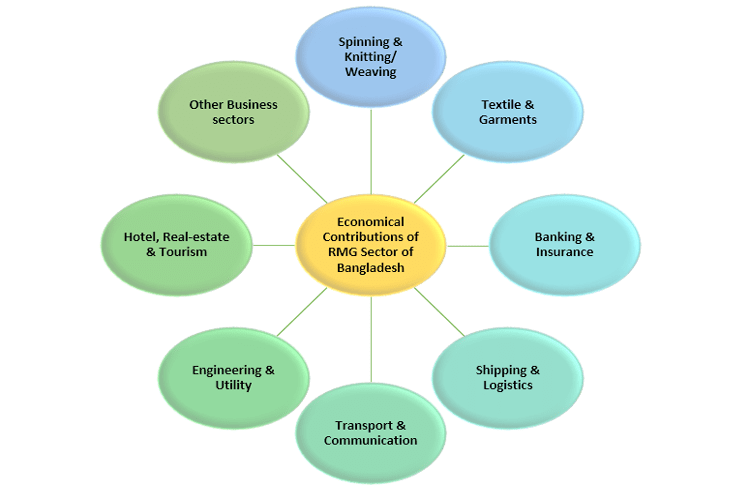The New Palgrave Dictionary of Economics
The New Palgrave Dictionary of Economics, Volume 1 to 20 3rd ed. 2018 Edition by Macmillan Publishers Ltd(Editor) Now in its third edition, this award-winning publication contains entries written by the world’s most influential economists, including 36 Nobel Laureates. In addition to…
Read More









 by
by